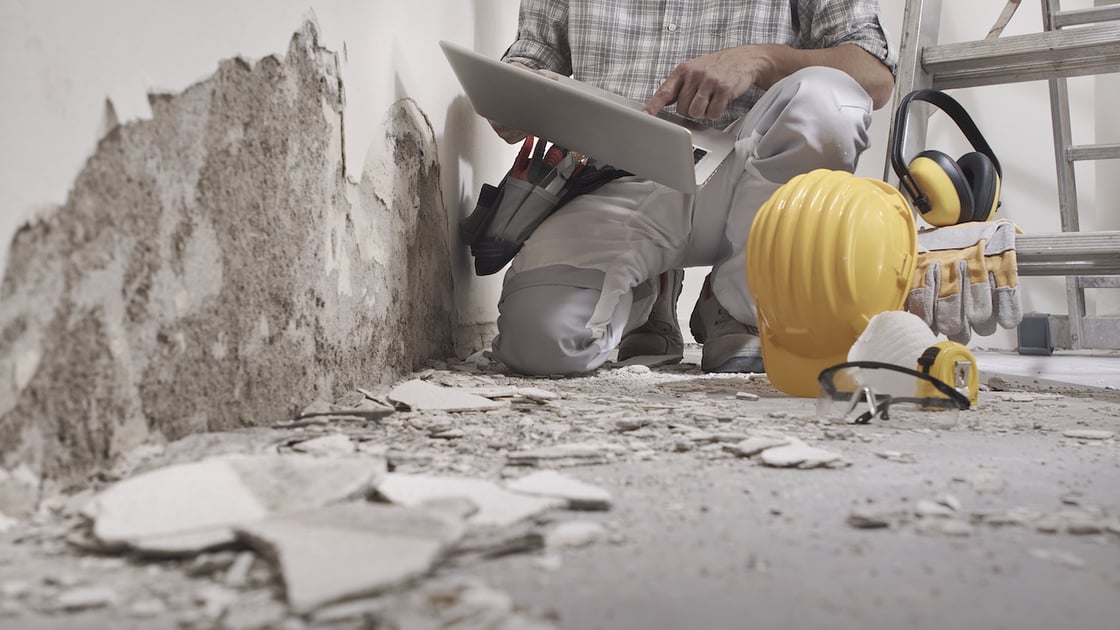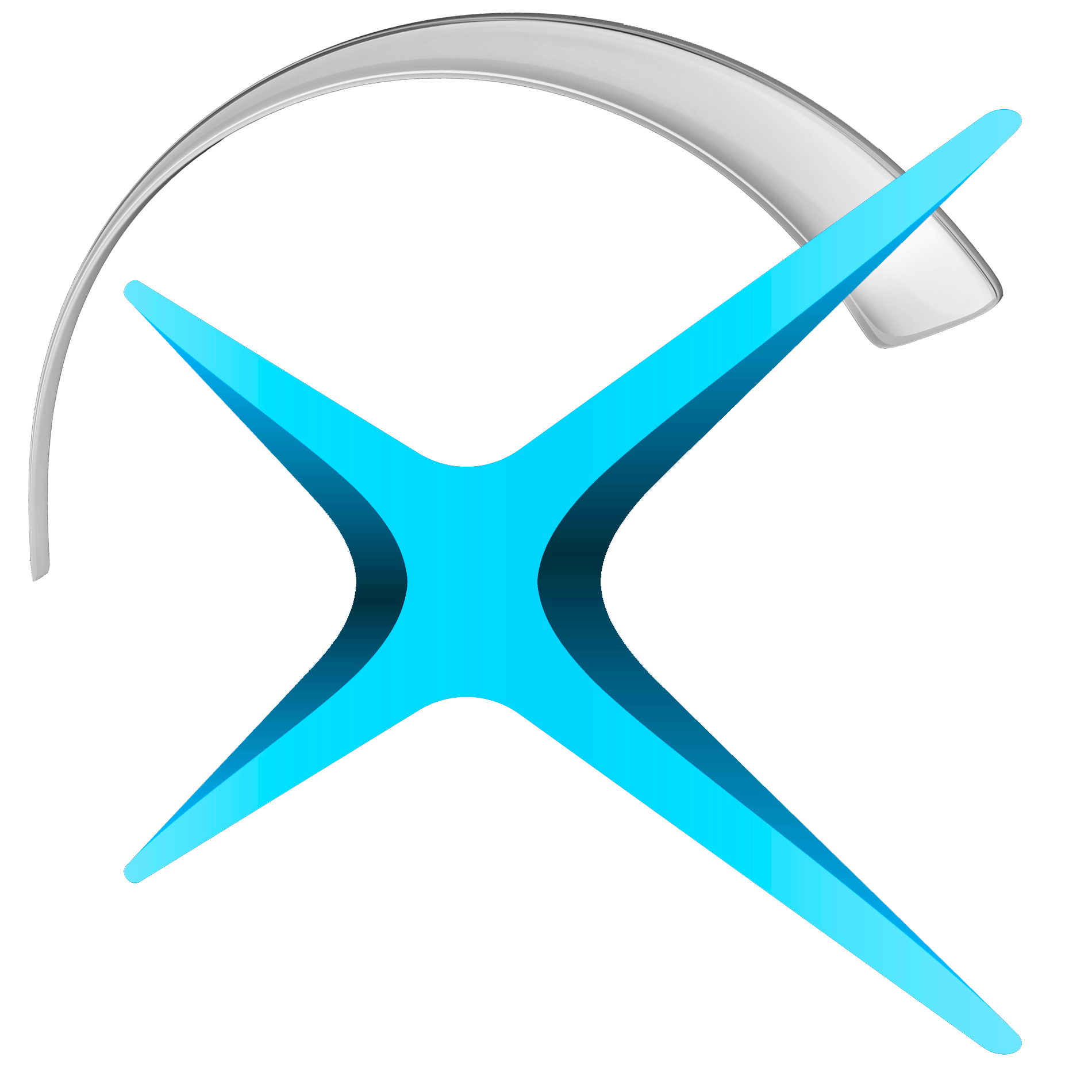How to Improve Accountability on Restoration Jobs Without Micromanaging
August 9, 2025 •Xcelerate Marketing

Keeping every job on track can be difficult as restoration companies grow. More crews, more job sites, and more moving parts often lead to a common concern: how do you make sure tasks are completed and standards are met without standing over your team’s shoulder?
Micromanagement can slow teams down and hurt morale, but so can a lack of accountability. The solution is to build systems that create visibility into what is happening on every job without relying on constant check-ins. Modern restoration project management tools make this possible by giving both field and office staff access to accurate, real-time information.
This approach helps owners, project managers, and leads stay informed while allowing technicians to focus on their work. It is a balance that improves outcomes and makes the entire restoration process smoother for everyone.
Why Accountability Matters in Restoration Projects
Every restoration project has multiple steps and stakeholders. If a moisture check, photo upload, or follow-up call is missed, the entire job can slow down or require rework. Clear accountability helps prevent these issues by showing who is responsible for each step and whether that work is completed.
Accountability also builds trust with your team and your clients. When there is a consistent system for tracking progress, there is less confusion, fewer missed tasks, and better communication with property owners and insurance partners. Restoration CRM and project management tools provide this level of clarity without requiring additional supervisors to watch over crews.
Tools That Build Accountability Without Micromanaging
The right restoration management tools create transparency and keep projects moving without requiring someone to constantly watch over the work. These features give office staff and project leads real-time insight into what is happening on every job so they can step in only when needed.
Mobile Checklists for Field Teams
Checklists inside restoration project management software guide technicians through the required steps for each job. As tasks are marked complete, the updates appear instantly in the office. Managers can see progress without phone calls, and field teams know exactly what is expected of them on site.
Time Tracking That Shows Where Hours Go
Time tracking tools allow team members to clock in and out of specific jobs using their mobile device. This helps managers understand how long different phases of the job take and where bottlenecks might be forming. Accurate time logs also make job costing and payroll more precise. Tracking these metrics consistently can also reveal patterns in productivity. See our guide on KPI metrics that help restoration businesses grow.
Digital Documentation in Real Time
Photos, signatures, notes, and moisture readings can be uploaded directly from the field. Digital documentation reduces paperwork and ensures that nothing gets lost. When the project lead or office team can see these updates as they happen, they have the information they need without interrupting the field crew.
Activity Logs for Clear Visibility
Activity logs show a timeline of everything that has been done on a project. This makes it easy to see which steps are completed, which are still pending, and who handled each part of the process. With this information in one place, managers can focus on solving problems instead of chasing down updates.

How Restoration CRM Supports Better Communication and Accountability
Restoration CRM systems combine client information, job data, and team updates in one place. This centralization keeps everyone aligned and reduces the need for constant back-and-forth between the office and the field.
Centralized Job Details
With a restoration CRM, everyone involved in a project sees the same job notes, schedules, and files. If you are still using a general CRM and wondering about the difference, see our comparison of restoration CRM vs. generic CRM tools.
Fewer Interruptions, More Transparency
Instead of calling or texting technicians for updates, managers can check the CRM to see progress in real time. This allows them to step in only when something falls behind schedule, which keeps teams productive without the feeling of being micromanaged.
Improved Client Communication
Accurate data also benefits clients. When customers call for an update, staff can pull up the latest progress instantly instead of tracking someone down. This kind of transparency builds trust and reduces misunderstandings.
Conclusion: Visibility Without Micromanagement
As restoration businesses grow, keeping projects on track without adding unnecessary oversight becomes a challenge. Modern restoration project management tools, including restoration CRM systems like Xcelerate, create transparency and build accountability without slowing your teams down.
Mobile checklists, time tracking, digital documentation, and activity logs give managers a clear picture of what is happening on every job. These tools let teams focus on their work while giving leaders the insight they need to step in only when necessary.
The result is a more organized operation, stronger communication, and a higher level of service for your clients.
Better accountability and smooth job execution also improve the client experience, which leads to more referrals. Learn how to strengthen these relationships in our article on developing a winning referral strategy.

Frequently Asked Questions
How can restoration companies hold teams accountable without hiring more managers?
Restoration companies can use restoration management tools like job tracking, digital documentation, and time tracking to create visibility into job progress. These systems make it easy to see which tasks are completed and where help is needed, reducing the need for additional supervisors.
Why are mobile checklists effective for field accountability?
Mobile checklists guide field teams through the required steps of a job and update managers in real time. This ensures that no steps are missed and gives office staff confidence that the project is moving forward as planned.
Can restoration CRM improve communication with clients?
Yes. Restoration CRM software centralizes job information so that any team member can see the latest updates. When a client calls for an update, staff can respond quickly with accurate information rather than tracking someone down on site.
How do you get people to take more responsibility on restoration jobs?
In the restoration industry, people take more responsibility when there is clear leadership and clear expectations. Using restoration management tools helps everyone know what needs to be done and when. This structure encourages accountability and creates a culture where success is easier to achieve.
How can managers help people stay on track without constant supervision?
Managers can provide clear direction and rely on job tracking tools to monitor progress. Detailed reports generated by restoration project management software make it easy to see progress without constant calls or check-ins, which helps maintain focus and efficiency.
Why is accountability important for people working in the restoration industry?
Accountability builds trust within a restoration team and with clients. When people know that tasks and progress are visible through detailed reports, there is less confusion and a stronger focus on success.

